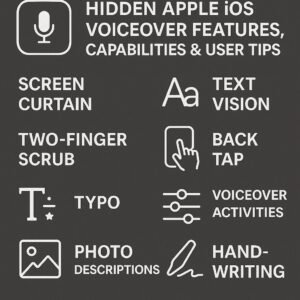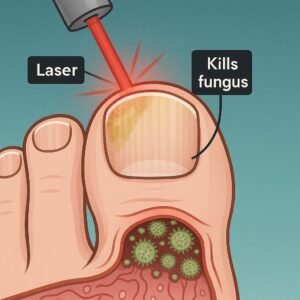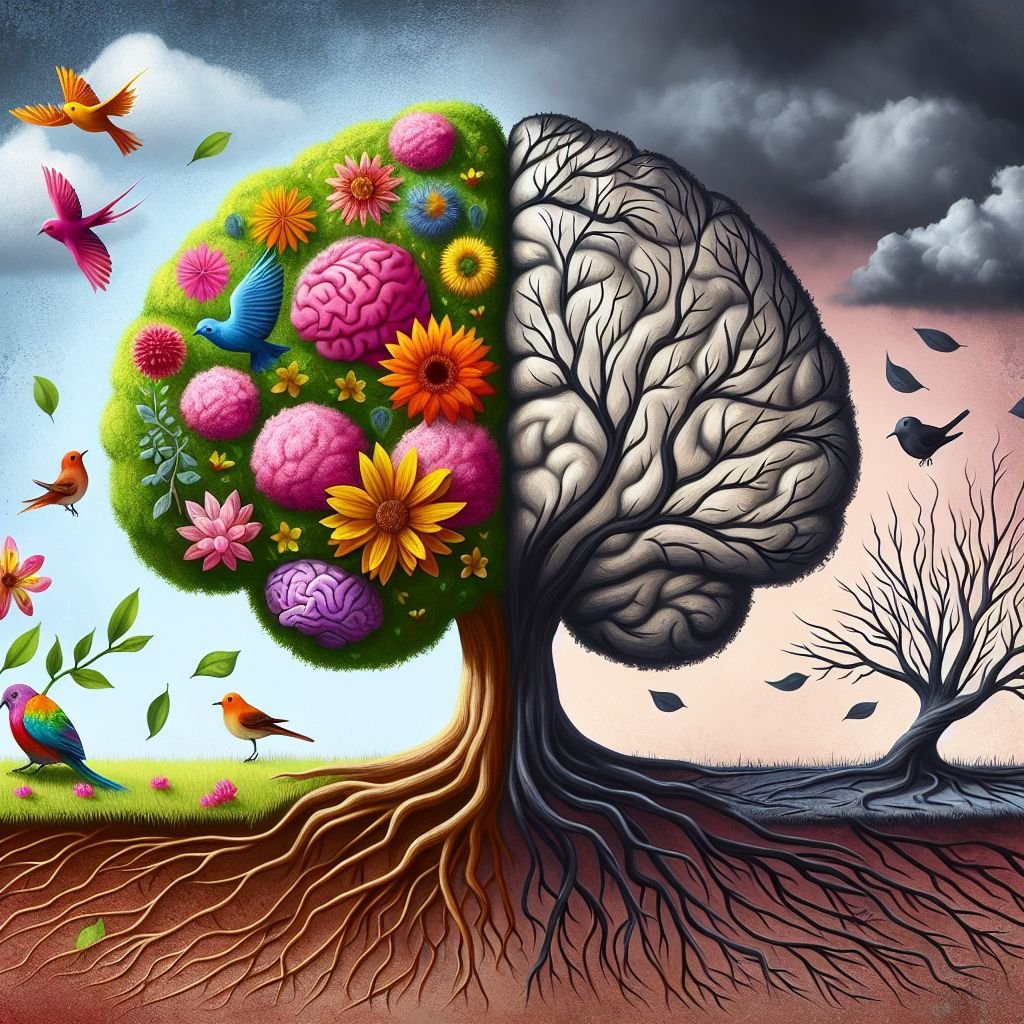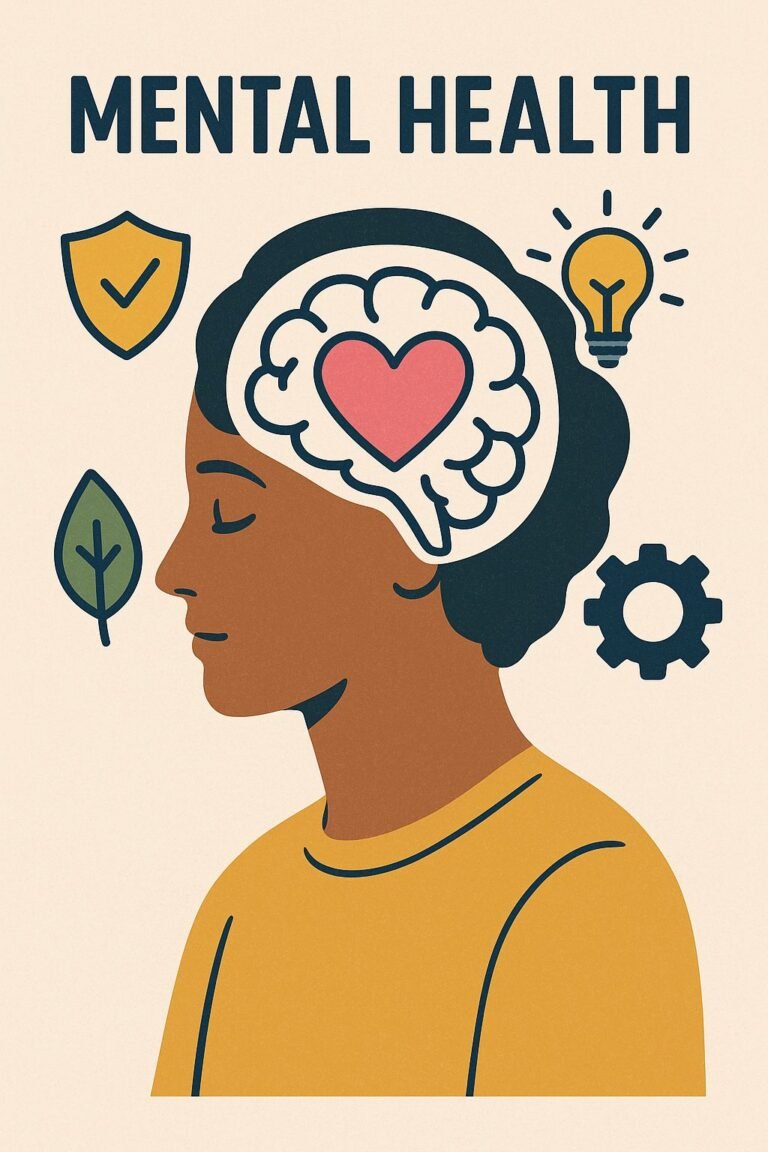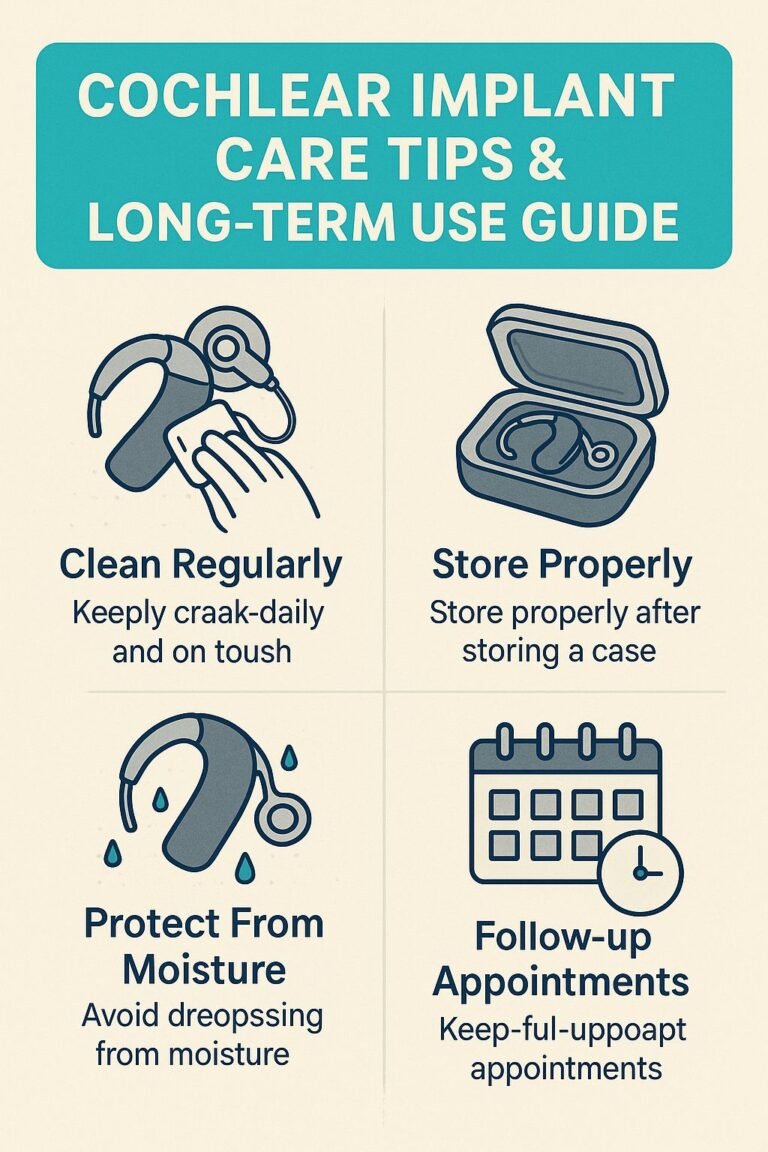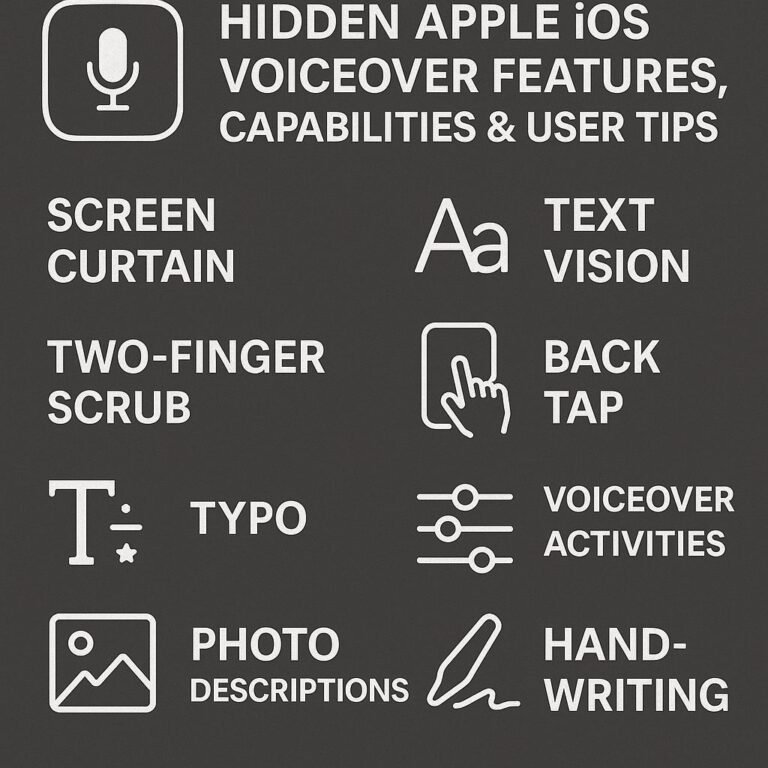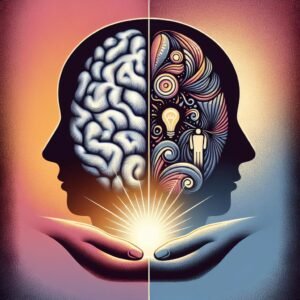Main Points
- ADHD paralysis can appear as mental, task, or choice paralysis, each impacting daily life in unique ways.
- Mental paralysis typically happens when one is overwhelmed with too many thoughts or pieces of information.
- Task paralysis involves struggling to start tasks, even when they are well-understood.
- Choice paralysis comes from being unable to make decisions because of too many choices or fear of choosing incorrectly.
- Helpful strategies include breaking tasks down into smaller parts, using techniques to prioritize, and creating a supportive environment.
ADHD Paralysis: Grasping the Basics
ADHD paralysis is a common occurrence for many people with ADHD, where they feel stuck or unable to progress with tasks. It’s not merely simple procrastination or laziness; it’s a complex interplay of cognitive and emotional factors that make decision-making and starting tasks challenging. Grasping this paralysis is the first step in conquering it.
What is ADHD Paralysis and What Causes It?
ADHD paralysis is essentially a state of being frozen or stuck, where your brain is overwhelmed by the demands of a task, decision, or situation. This often comes from the executive function challenges that are part of ADHD, like having trouble organizing your thoughts, managing your time, or controlling your emotions.
There are many things that can cause ADHD paralysis, such as the task being too complicated, a fear of failing, or even having too many choices. For example, if someone with ADHD is given a project that has many steps, they might feel overwhelmed by how big the task is, which can cause paralysis.
The Effect of ADHD on Finishing Tasks
ADHD has a substantial influence on the ability to finish tasks. Numerous people with ADHD have difficulty beginning or finishing tasks, which can be misinterpreted as a lack of desire or negligence. Nonetheless, the crux of the issue is the neurological disparities that influence how they process data and carry out tasks.
“Imagine having a hundred TV channels playing in your mind, and you can’t locate the remote to switch off the ones you don’t want to see.”
This metaphor paints a vivid picture of the relentless onslaught of thoughts and stimuli that can inundate a person with ADHD, making it challenging to concentrate on a single task. Hence, grasping these challenges is vital for devising effective strategies to handle them.
Frequent Misunderstandings Regarding ADHD Paralysis
Many people mistakenly believe that ADHD paralysis is just another form of procrastination. However, while procrastination involves putting off tasks, ADHD paralysis is more about feeling so overwhelmed that you can’t even begin. Understanding this difference is crucial for providing appropriate help and coping strategies.
One common misunderstanding is that people with ADHD are idle or uninterested in their tasks. In truth, they frequently care a lot about their responsibilities but feel trapped by their inability to start or continue tasks. This misunderstanding can cause frustration and guilt, making the paralysis worse.
Understanding ADHD Paralysis
In order to overcome ADHD paralysis, you must first understand the different types that exist. Each form of paralysis presents its own unique challenges and characteristics, and therefore, requires a different approach to manage it.
Let’s take a closer look at these forms:
Overthinking: Drowning in a Sea of Thoughts
Overthinking can make a person feel like they’re drowning in a sea of thoughts or information. This can lead to a state of analysis paralysis, where they are unable to make progress because they are trapped in their own thoughts.
For instance, a person might spend hours contemplating the best way to tackle a project without actually initiating it. This kind of paralysis can be especially exasperating because it feels like a mental block that hinders any progress.
Frozen by Tasks: The Struggle to Get Started
When you’re frozen by tasks, it’s hard to get started on anything, even if you know exactly what you need to do. This can happen with tasks that you’ve done a million times before or tasks that are brand new. It can happen with simple tasks or complex ones. The root of the problem can be a fear of failing, a desire to do everything perfectly, or just feeling like the task is too much to handle.
For example, someone may realize they need to tidy up their room, but the idea of starting may feel overwhelming. This can create a cycle of avoidance and guilt that makes starting even more difficult.
Decision Paralysis: Struggling to Make Choices
Decision paralysis, also referred to as choice paralysis, is when a person has difficulty making decisions because they are overwhelmed by too many options or are afraid of making the wrong decision. This can be especially hard for people with ADHD because they may struggle to evaluate the advantages and disadvantages of each choice.
Picture yourself in the cereal aisle at the supermarket, frozen with indecision about which brand to choose. This kind of indecision can be crippling, leading to either inaction or impulsive decisions.
Taking One Step at a Time
A tried and true strategy for tackling ADHD paralysis is to break down tasks into smaller, bite-sized pieces. This method can help alleviate feelings of being overwhelmed and can make tasks seem less daunting and more achievable. By focusing on one small piece at a time, you can make consistent progress without the pressure of the entire task weighing on you.
- Identify the overall goal or task you need to accomplish.
- Break it down into smaller, actionable steps.
- Prioritize these steps based on importance or sequence.
- Focus on completing one step at a time before moving on to the next.
For example, if you need to write a report, start by outlining the main points you want to cover. Then, tackle each section one by one. This method not only makes the task more approachable but also provides a sense of accomplishment as you complete each step. For more insights, explore ADHD management strategies that can help streamline tasks.
It’s crucial to remember to celebrate the small wins along the way. Every step you complete is progress, and recognizing this can help to increase your motivation and confidence.
The Method of Brain Dumping
Brain dumping is a potent method for eliminating mental mess and arranging your thoughts. It requires you to jot down everything that’s on your mind without being concerned about sequence or framework. This can assist in easing mental paralysis by giving a clear picture of what needs to be addressed.
After you have emptied your mind onto paper, you can start to organize and prioritize your list. This not only helps to put tasks in order, but it also helps to alleviate stress because it takes the responsibility of remembering off of your brain and puts it onto paper.
Adapting the Pomodoro Technique
Using the Pomodoro Technique, a time management method that promotes working in short spurts with frequent breaks, can be especially useful for those with ADHD. It helps keep the attention sharp and avoids burnout. For those interested in holistic approaches, exploring wellness retreats might also offer additional benefits.
When using the Pomodoro Technique for ADHD, you may need to adjust the work intervals to match your attention span. For example, you might start with 15 minutes of concentrated work and a 5-minute break, instead of the traditional 25-minute work session. You can slowly increase the work intervals as your focus gets better.
Useful Strategies and Methods
Aside from dividing tasks into manageable chunks and applying the Pomodoro Technique, there are numerous strategies and methods that can assist in managing ADHD paralysis. These approaches are designed to improve focus, motivation, and organization.
Using Body Doubling to Improve Concentration
Body doubling is a technique where you work with someone else to help improve your focus and sense of responsibility. This is especially useful for people with ADHD who have difficulty starting tasks. Having someone else there can give you the motivation you need and help you feel less alone.
Turning Tasks into Games to Boost Motivation
Turning tasks into games or challenges is a great way to make them more fun and engaging. This method can be particularly useful for those with ADHD, as it stimulates the brain’s reward system, leading to increased levels of dopamine and motivation.
Think about setting up a system of rewards or points for finishing tasks. It can be as simple as gaining points for each task you finish, which can be traded for a treat or break.
- Develop a scoring system for finishing tasks.
- Assign minor incentives for achieving specific score levels.
- Monitor your advancement in a visual manner to maintain enthusiasm.
By making tasks enjoyable and worthwhile, you can boost your drive to initiate and finish them. For more strategies, check out these proven strategies for ADHD paralysis relief.
Using Visual Reminders and Organizing Tools
Visual reminders and organizing tools can give structure and reminders, assisting people with ADHD in staying on track. Devices like calendars, to-do lists, and color-coded systems can simplify task and deadline management.
Using Music and Soundscapes
Music and soundscapes are great ways to boost focus and concentration. Certain genres of music, like classical or ambient, can create a peaceful atmosphere that reduces distractions and increases productivity.
- Try out various types of music to see what helps you focus.
- Think about using noise-canceling headphones to block out any distractions.
- Make playlists that fit the mood or energy of the work you’re doing.
Adding music to your work routine can help you create a space that’s better for focus and concentration, which can help lessen ADHD paralysis.
In addition, these tools and strategies are not universal. Try out different methods to see what suits you best and adapt them to your specific needs and tastes.
Creating a Nurturing Environment
It is essential to create a nurturing environment to manage ADHD paralysis. This means not just organizing your physical space, but also making lifestyle changes that encourage focus and overall wellness.
We’re going to delve into how to set up a workspace that boosts productivity, and the impact of lifestyle modifications on ADHD management.
Setting up a Workspace that Encourages Productivity
Having a workspace that is messy or filled with distractions can make ADHD symptoms worse and increase the chances of experiencing paralysis. That’s why it’s so important to have a workspace that helps you stay focused and be productive. You can begin by tidying up your space and getting rid of anything that isn’t necessary or could be a distraction. If you’re looking for ways to enhance your workspace, consider incorporating strength training equipment to encourage movement and reduce restlessness.
The Impact of Lifestyle Adjustments: Diet and Physical Activity
Adjustments to one’s lifestyle, like engaging in routine physical activity and maintaining a well-rounded diet, can have a substantial effect on the symptoms of ADHD. Physical activity can raise dopamine levels, which can enhance concentration and lessen hyperactivity. Likewise, a diet that includes plenty of whole foods, lean proteins, and omega-3 fatty acids can promote the health and functioning of the brain.
When to Consult a Professional
Knowing when to reach out to a professional for help with ADHD paralysis is an important part of properly managing the condition. Professional guidance can give you specific strategies and interventions that are often more successful than just using self-help techniques. Plus, it can help you better understand ADHD and how it affects your everyday life.
Seeing a Therapist: When and Why
If ADHD paralysis is having a major effect on your day-to-day life, relationships, or job, it might be a good idea to see a therapist. They can provide cognitive-behavioral therapy (CBT) and other methods to help you manage your symptoms and improve your executive functioning skills.
When looking for a therapist, it might be a good idea to ask your primary care physician for recommendations or to check out online directories. It’s crucial that you find a therapist who is an expert in ADHD so they can fully understand the unique struggles you’re dealing with.
- Find a therapist who has a specialty in ADHD.
- Make sure to verify their qualifications and past experience.
- Set up a first meeting to talk about what you’re looking for and what you hope to achieve.
But above all, make sure you feel at ease with your therapist, because having a good rapport with them is crucial to getting the results you want.
Why You Should Consider Hiring an Executive Functioning Coach
Executive functioning coaches are a great resource for learning effective techniques to enhance organization, time management, and task completion. They work with you one-on-one to create customized systems and routines that cater to your specific needs and objectives.
Having a coach can improve your capacity to handle everyday chores and lessen the effects of ADHD paralysis. They can also keep you accountable and provide support, ensuring that you stay focused and inspired.
Wrapping Up: Taking Charge of ADHD Paralysis
Beating ADHD paralysis demands comprehension, tolerance, and the correct techniques. By splitting chores into doable phases, using efficient resources, and getting expert advice, you can lessen the effects of paralysis in your life. Equipping yourself with information and assistance is crucial to dealing with ADHD effectively.
Keep in mind, you’re not the only one on this path. There are countless others who have faced similar struggles and have discovered effective ways to cope with their symptoms. You can too, with the right strategy.
Commonly Asked Questions
ADHD paralysis can be a difficult concept to grasp, and many individuals have inquiries about how it appears and how to control it. Here are some frequently asked questions and responses to help make this condition more understandable.
What Does ADHD Paralysis Look Like?
ADHD paralysis can manifest as trouble getting started on tasks, feeling overburdened by decisions, and getting caught in cycles of overthinking. Anxiety or frustration may also arise due to a perceived inability to progress with tasks.
What Can I Do to Assist My Child with ADHD Paralysis?
When it comes to aiding a child with ADHD paralysis, it’s all about supplying structure, support, and empathy. Encourage them to split tasks into smaller, more manageable steps and rejoice in their accomplishments, regardless of how minor they may seem. Creating a supportive and orderly environment can also have a substantial impact.
If your child’s paralysis is significantly affecting their daily life or school performance, you might want to seek professional help. A therapist or coach who specializes in ADHD can provide strategies and support that are specifically tailored to your child’s needs.
Does ADHD Paralysis Affect Everyone the Same Way?
- The experience of ADHD paralysis is not the same for everyone.
- While some people may struggle with mental paralysis, others may have difficulty with task or choice paralysis.
- The triggers and symptoms can also vary depending on the individual’s specific circumstances and environments.
Recognizing these variations is key to creating individualized strategies for effectively managing paralysis.
Furthermore, people can go through various forms of paralysis at different times, depending on a range of factors like stress levels, the complexity of the task, and the support they have. For those dealing with ADHD, understanding management strategies can be crucial in navigating these challenges effectively.
How Does Medication Help with ADHD Paralysis?
Medication can be a key part of managing ADHD symptoms, including paralysis. Both stimulant and non-stimulant medications can help improve focus, reduce impulsivity, and enhance executive functioning, which can make it easier to begin and finish tasks.
Collaborating with a healthcare provider to identify the correct medication and dosage for your needs is crucial. Your comprehensive treatment plan should also encompass behavioral strategies and lifestyle modifications.
Is it Possible to Completely Overcome ADHD Paralysis?
Although it may not be possible to completely eliminate ADHD paralysis, it can be managed effectively with the correct strategies and support. Many people with ADHD learn to overcome their challenges and lead satisfying, productive lives.
Knowing what paralysis is and how to use strategies that are designed for you can lessen how much it affects your everyday life. To be able to manage ADHD well, you need to know a lot about it, have people who can help you, and get advice from professionals.
Finally, while the challenges of ADHD paralysis can be daunting, they are not unbeatable. With tenacity and the correct strategies, you can overcome these hurdles and reach your objectives.



